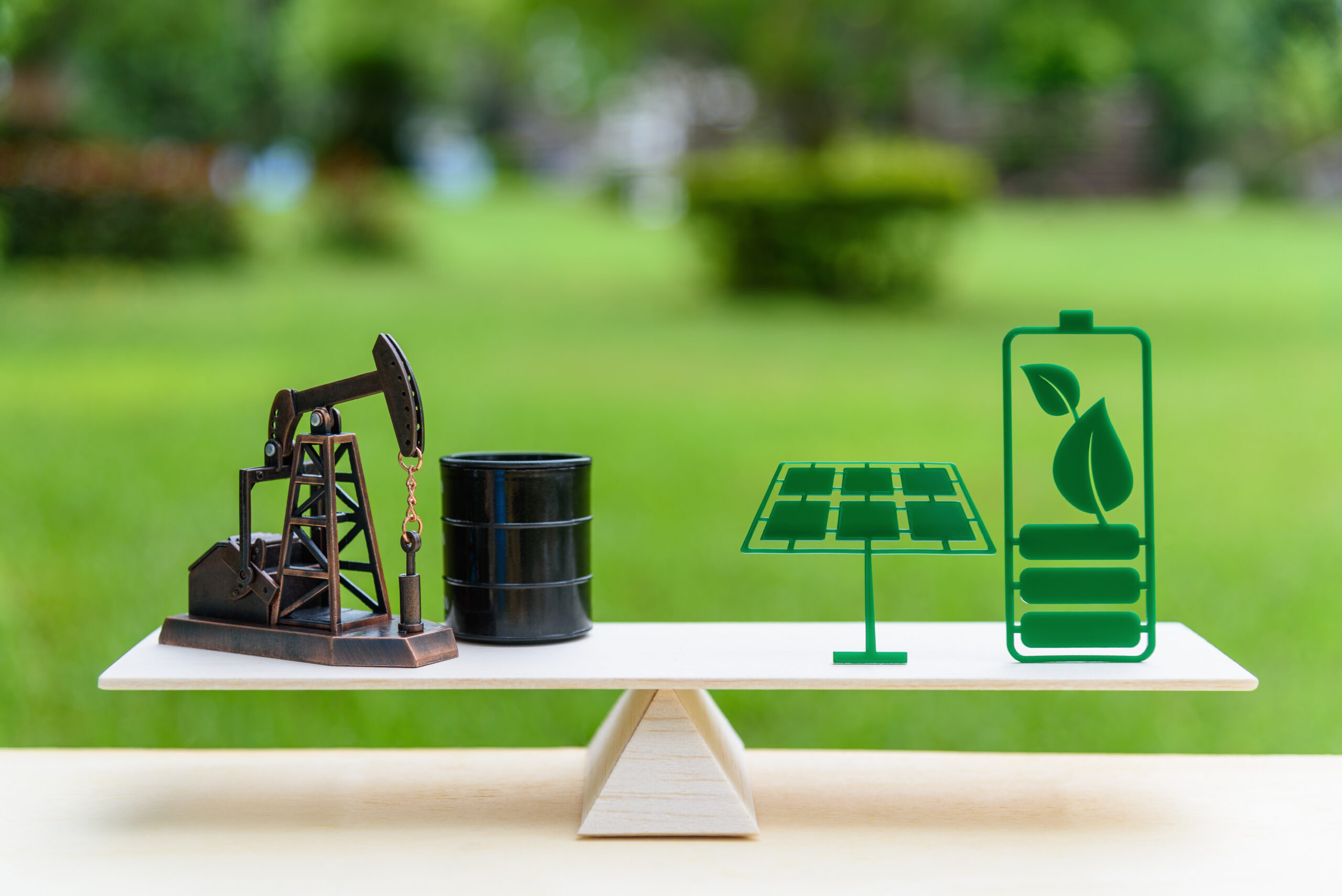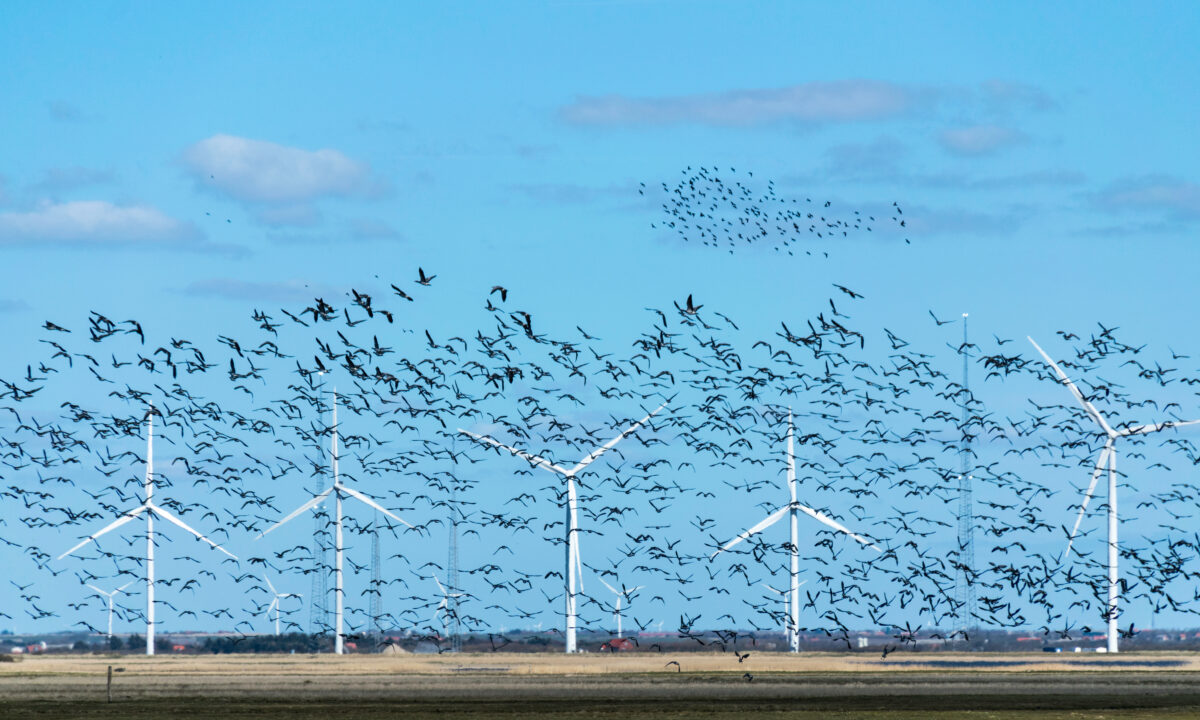Have you noticed the growing number of wind farms or solar panels in your neighbourhood? Your impressions reflect a broader trend – the energy transition. Are these changes becoming a fact? Global data confirm it. Renewable energy sources, especially wind energy, are increasingly competing with fossil fuels. Let’s explore the progress in global renewable energy adoption, the role of wind power, and future prospects for sustainable energy solutions.
Energy transition in the face of global changes
Overview of the energy transition
Energy transition means a global shift from fossil fuels, like oil, natural gas, coal, to renewable energy sources, such as wind, solar, and hydroelectric power. In this article, we’ll focus on the global context of this transition rather than any specific country or region.
For years, large-scale energy transition faced challenges due to high costs and technological limitations. But a lot has changed in the last two decades. The International Renewable Energy Agency (IRENA) reports that the costs of solar energy have decreased by 82%, while the costs for wind energy systems have fallen by 42%, making them far more accessible.
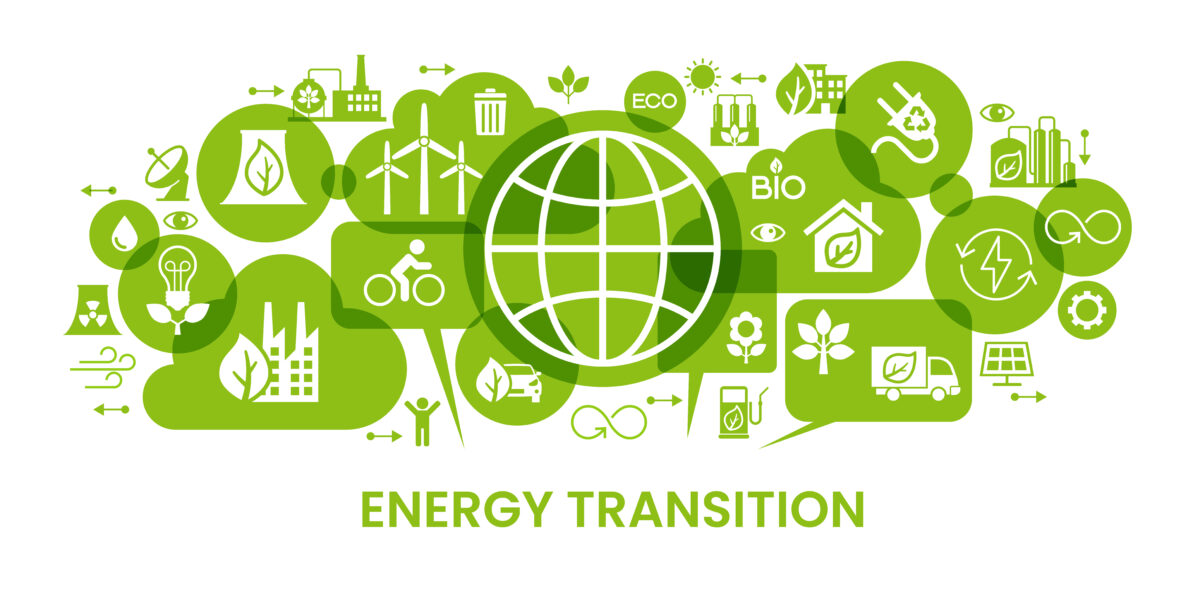
Importance of renewable energy in addressing global energy demand and climate change
Economic growth has its costs – growing global energy demand. According to International Energy Agency research, the forecast for 2024 and 2025 is 4% (compared to 2,5% in 2023). It’s the highest rate in the last two decades. And we can expect to keep it growing in the following years.
How are economic growth and demand for energy correlated? It’s all about two factors: growing energy consumption by individual customers and by industry. Changes are in particular visible in fast developing countries: energy demand reaches 6% in China and 8% in India.
Are fossil fuels able to meet those demands? Definitely not. The problem is that they are not renewable – once they are used, they cannot be replaced. Increasing extraction of coal or gas is also a short term action – plus, it’s not always possible, due to technological limitations.
Another argument for increasing use of renewable energy sources is climate change. Imagine that 40% of energy-related CO2 emissions come from burning fossil fuels in order to generate power (according to World Nuclear Association). Together, it’s an impressive number of 45 billion tones of carbon dioxide emitted each year.
Global adoption of renewable energy sources
According to IRENA (International Renewable Energy Agency) Renewable Energy Statistics 2024 adoption of renewable energy sources has been increasing over the last decade. The growth is not impressive, but still significant: the participation of renewable energy was 22,5% in 2014 and 29,7% in 2022.
Wind energy, in particular, becomes a significant player in energy transition process. Statistics provided by IRENA are the best proof: wind power production increased from 258 133 GWh in 2014 to 522 443 GWh in 2024.
The growth of renewable energy production was particularly notable in the following countries:
– China – 1,453,701 MW in 2022, compared to 414,651 MW in 2014, which makes it the largest increase globally;
– India – from 71,892 MW in 2014 to 175,934 MW in 2022;
– United States – from 496,193 MW in 2014 to 620,481 MW in 2022;
– Brazil – from 129,812 MW in 2014 to 173,647 MW in 2022.
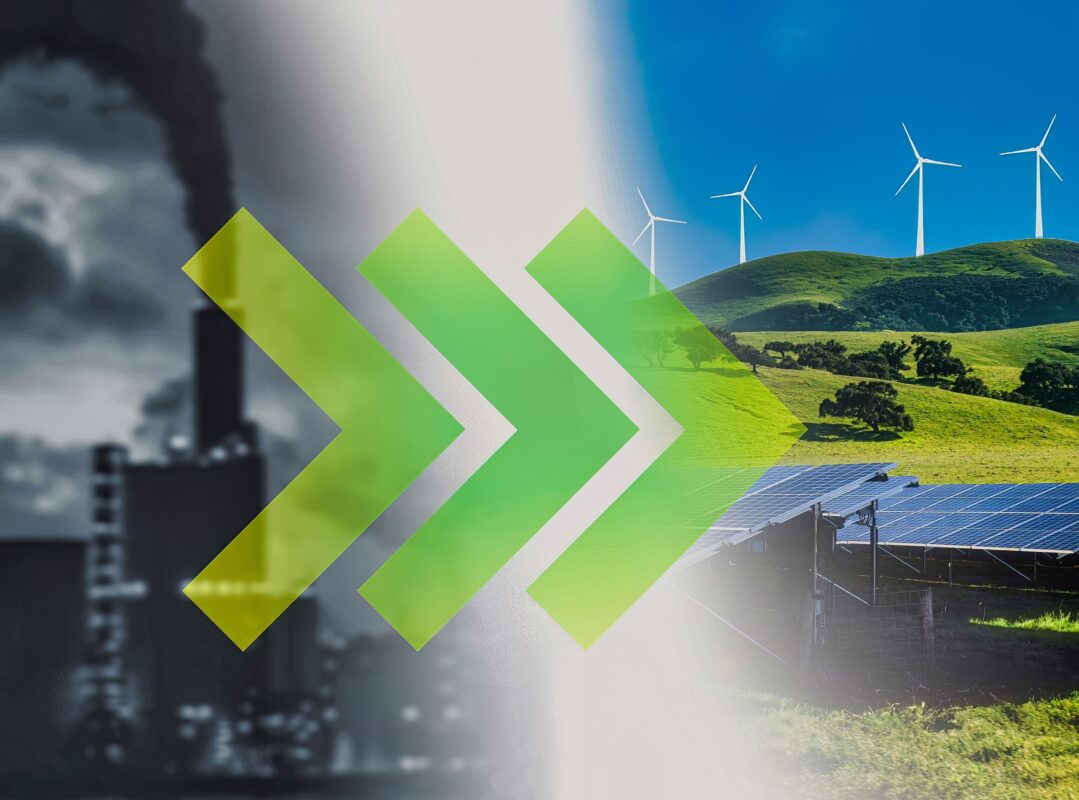
Wind energy and wind turbines
Wind energy is one of renewable energy sources. To convert it into electrical power, you need to use a wind turbine. Its blades, placed on a high hub, catch the wind and start to spin. The blades are connected to a rotor, which is attached to a low-speed shaft. When the rotor starts to move, it turns the shaft – this process, in short, leads to transforming mechanical energy into electrical energy in a generator. The wind turbine is connected to a power grid, so the generated power can be transmitted and use in houses and other buildings.
Advantages of wind energy
Wind power is one of the most popular renewable energy sources – mainly because of the following advantages:
– wind turbines are efficient (especially when compared to other renewable energy-based systems, like solar power);
– using wind energy lets decrease carbon dioxide emissions (wind turbines are carbon dioxide free at the operational stage);
– small wind turbines are easy to transport, install and maintain – which also makes them cost-effective;
– wind energy systems are flexible and adaptable – they may vary in size and power output.
Learn more about wind turbines – check our products.
Role of industrial wind turbines in energy transition
Every small step makes a difference – connecting many small wind turbines to a power grid can also support energy transition. But what is important is planning systemic activities. Government strategies should include developing both large wind farms and small wind turbines for households. Each of these solutions have different advantages:
– industrial wind turbines generate large amounts of power, which can affect the structure of total energy production;
– small wind farms are easier to build and maintain – they generate fewer costs, require less space, and can be installed in both urban and rural areas.
Alternative power sources
The main difference between conventional and alternative power sources is their availability. Conventional sources are extracted from underground – their deposits exist only in certain places on Earth. Once oil, coal or natural gas are acquired, they cannot be recreated – not by humans nor nature.
Interested in wind energy but unsure how to get started? Our small wind turbines are ideal for various commercial applications. Let us help you with a free site feasibility survey to assess your potential and guide you through the process.
Overview of other renewable energy sources
Currently, we can benefit from the following renewable energy sources:
– wind energy;
– solar energy;
– hydroelectricity;
– bioenergy (energy generated from burning organic matter).
This is a complete list for now, but it is possible that in the future it will be expanded, as we learn how to use other alternative power sources to produce electricity.
Comparative analysis: can renewable energy replace fossil fuels?
Increase of global adoption of renewable energy sources is quite impressive. When we compare the data from even 10 years ago and present, we can ask a following question: will this growth be a long-term trend? And, if so, can renewable sources replace fossil fuels in total?
To answer these questions, let’s check the data provided by experts. MET Group (European energy company) research shows that it is possible to replace fossil fuels by renewable energy sources in 2050. But, what’s important, it won’t happen itself. There are several conditions that need to be met to achieve this goal, connected with politics, economy and public awareness. Education, financial and organizational support, together with investing in new technologies, can help to deal with challenges and barriers.
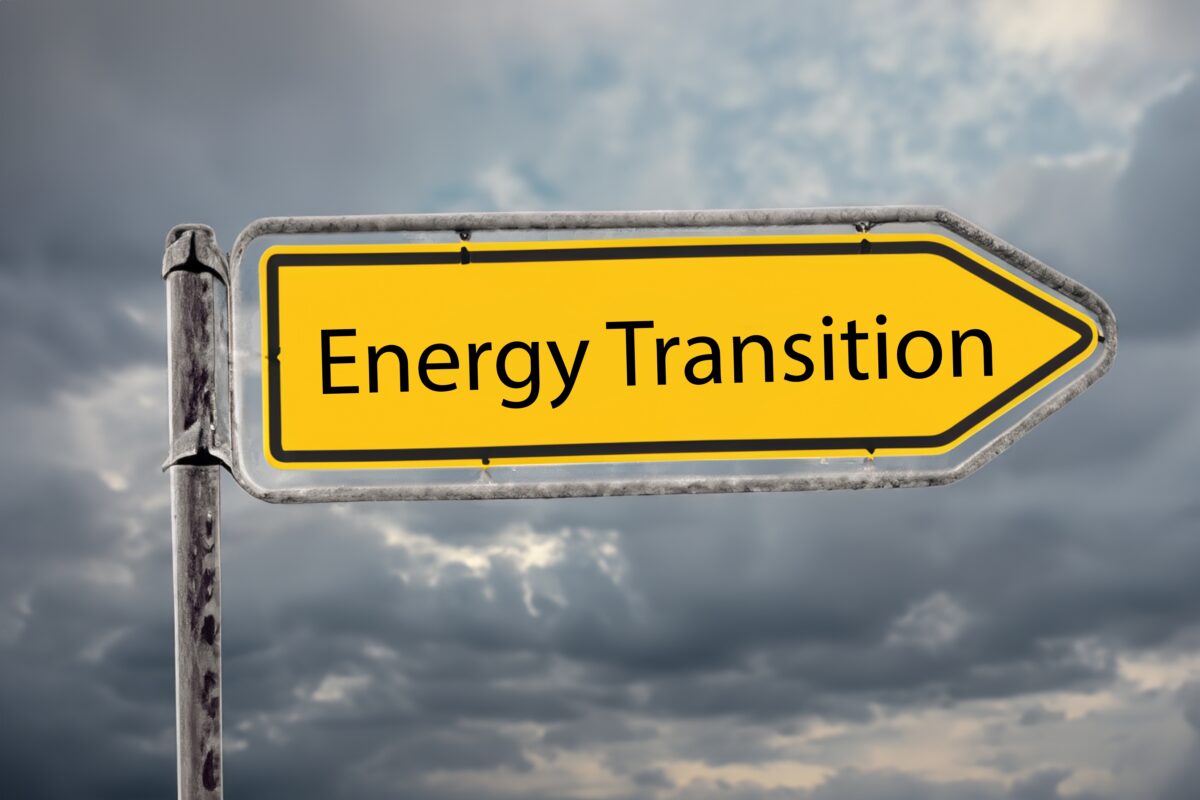
Economic and political support
Global energy transition can’t succeed without support of governments and international organizations. It applies not only to highly developed countries, but also – or even mainly – to the developing ones.
Green energy funds and investments
Green funds are an alternative for conventional financing of clean energy systems. By this concept, we understand mutual funds that invest only in companies and technologies using green energy solutions. Green energy funds are very profitable, especially when compared to other investment methods. Analysis show that the annual return reaches 6,9% (vs. 6,3% in other funds).
But green energy funds should be perceived not only as a way to make profits. Investing in renewable energy solutions can help to accelerate energy transition.
Renewable energy courses and education initiatives
Gaining knowledge about renewable energy is not a challenge in our times – there are many commercial courses on this topic, some of them are even available for free. But, despite that, there is still a notable knowledge gap in most societies – and between societies in highly developed and developing countries.
This is an important issue for governments, institutions and organizations to lower the scale of this knowledge gap. Providing good education, both for children and adults, is a way to achieve this goal. Here are some examples of local educational initiatives:
– Solarize Portland, local group focusing on educating solar systems users;
– Renewable Energy Education Program in Canada: workshops, courses and mentorships for students;
– Barefoot College in India, training women to become solar engineers and to install and repair solar systems in their communities.
Transitioning to wind energy is easier with our next-generation small wind turbines. We offer a free, comprehensive site feasibility survey to help you determine the best solution for your location, calculate potential savings, and find applicable incentives. Register here for more information or to talk to one of our experts.
Policies promoting renewable energy adoption
Governments, especially in the highly developed countries, establish policies that make renewable energy systems more available and cost-effective. Here are some examples of these policies:
– tax credits – lowering the amount of taxes due for citizens who invest in clean energy systems;
– net-metering systems – providing a possibility of selling surplus of energy generated by renewable energy systems;
– low-interest loans for users who want to install wind turbines or other renewable energy solutions but don’t have enough of their own funds;
– rebates
Along with this kind of solutions, some countries establish documents where they declare to increase renewable energy production. An example of such policies are renewable portfolio standards (RPS), set by most states in the USA. According to these standards, a certain amount of energy in a specific time frame must come from renewable sources.
Challenges and barriers
Challenges of wind power and other renewables
Wind energy farms or solar panels are effective when the weather conditions are weather conditions are favourable. But is it possible to predict them in the era of climate changes? There are some long-term observations and predictions showing that wind frequency and speed in certain areas can change over the years so much that it can strongly affect wind turbines capacity factor. And we can expect more of this kind of fluctuations in the future.
One of the main challenges of wind power and other renewables-based system is to adjust the infrastructure to these changes.
Addressing infrastructure and economic hurdles
What can make wind turbines more effective? Longer blades and higher hubs are correct answers! But technological innovations in renewables industry generate some challenges, connected with transport and installation. Larger components require using more advanced modes of transport or searching for other ways of manufacturing, like 3D printing at the construction site.
Summary of global achievements in replacing fossil fuels
We can, with no hesitation, say that we have passed a long way on a path of global energy transition and replacing fossil fuels. Two decades ago, generating power from solar or wind energy was treated like an innovation, if not curiosity. Now, as we have reached nearly 30% of renewable energy participation in the global production, we can see how much has changed since this time.
The path forward for a sustainable energy future
Living in a sustainable, safe world is possible – but to achieve that, we need to make a few steps on the energy transition path. Those steps involve overcoming current challenges, investing in energy innovations, but there’s something more important than that: building long-term strategy and focusing on international cooperation.


